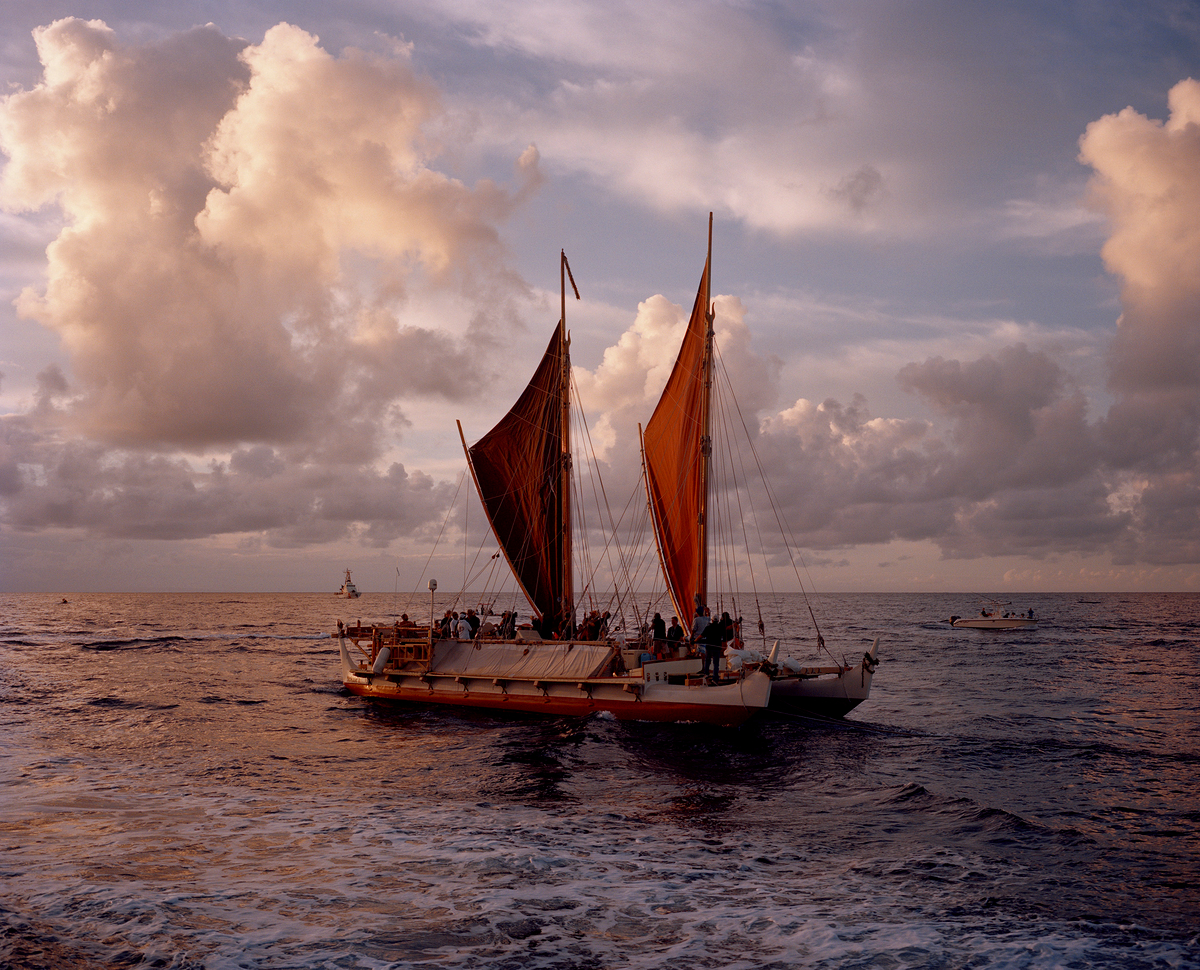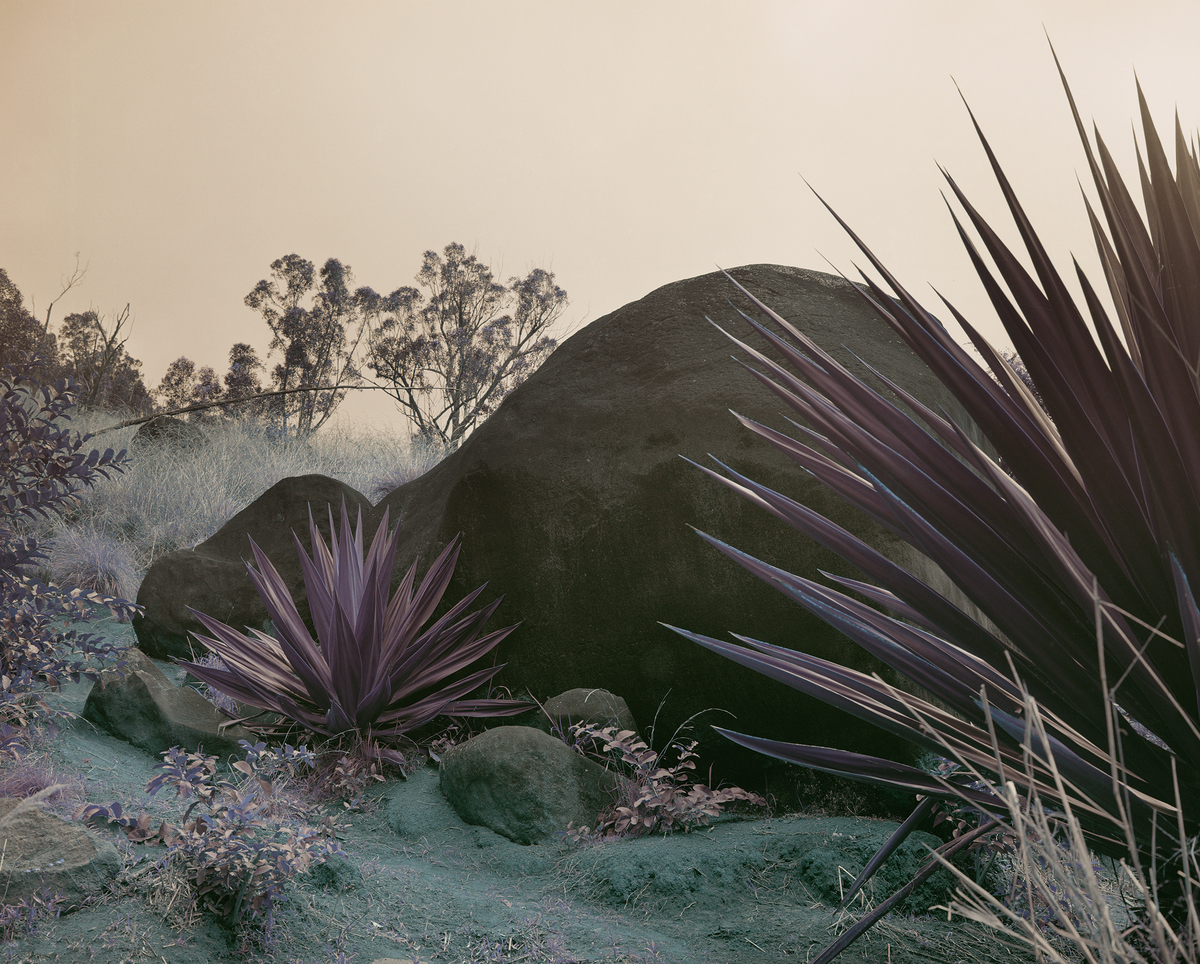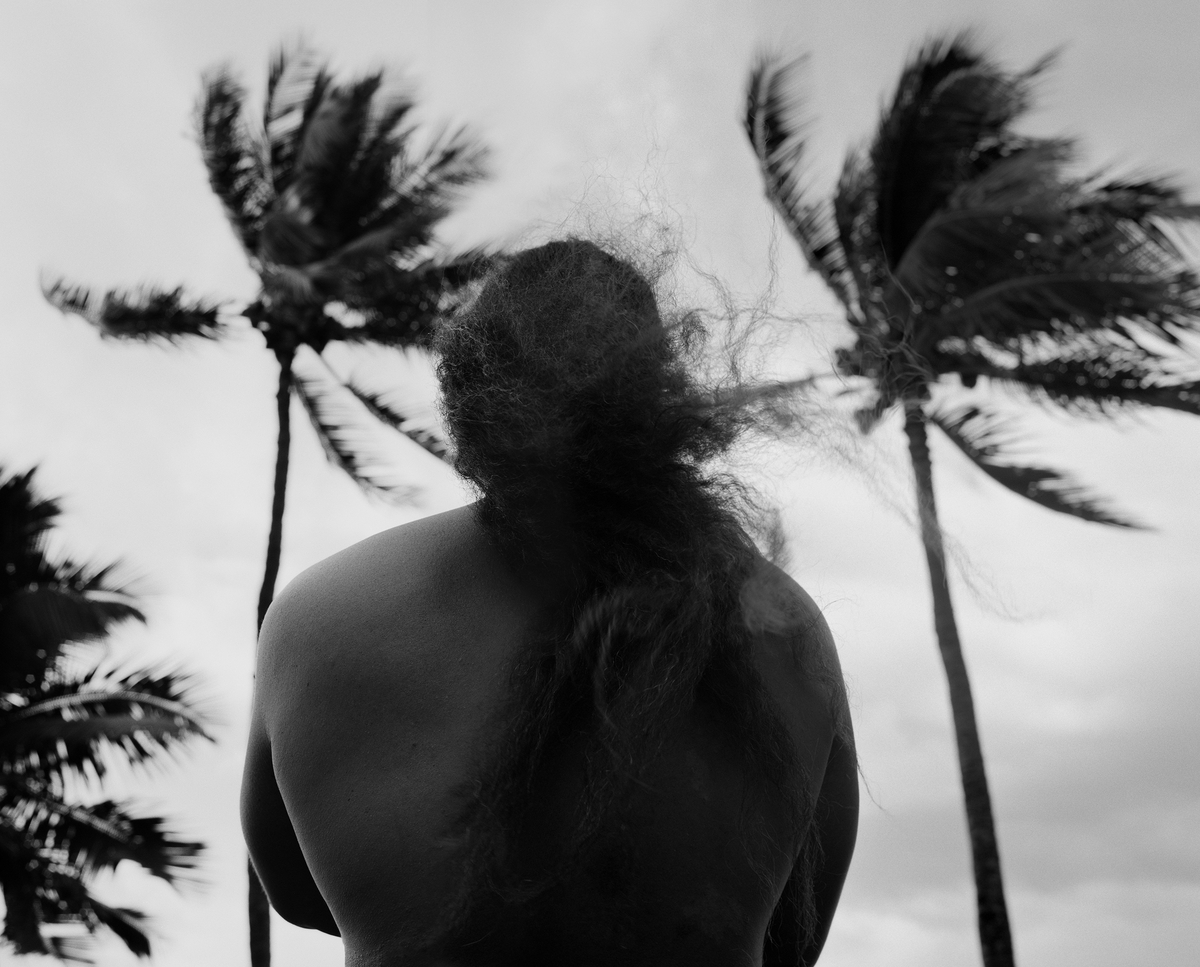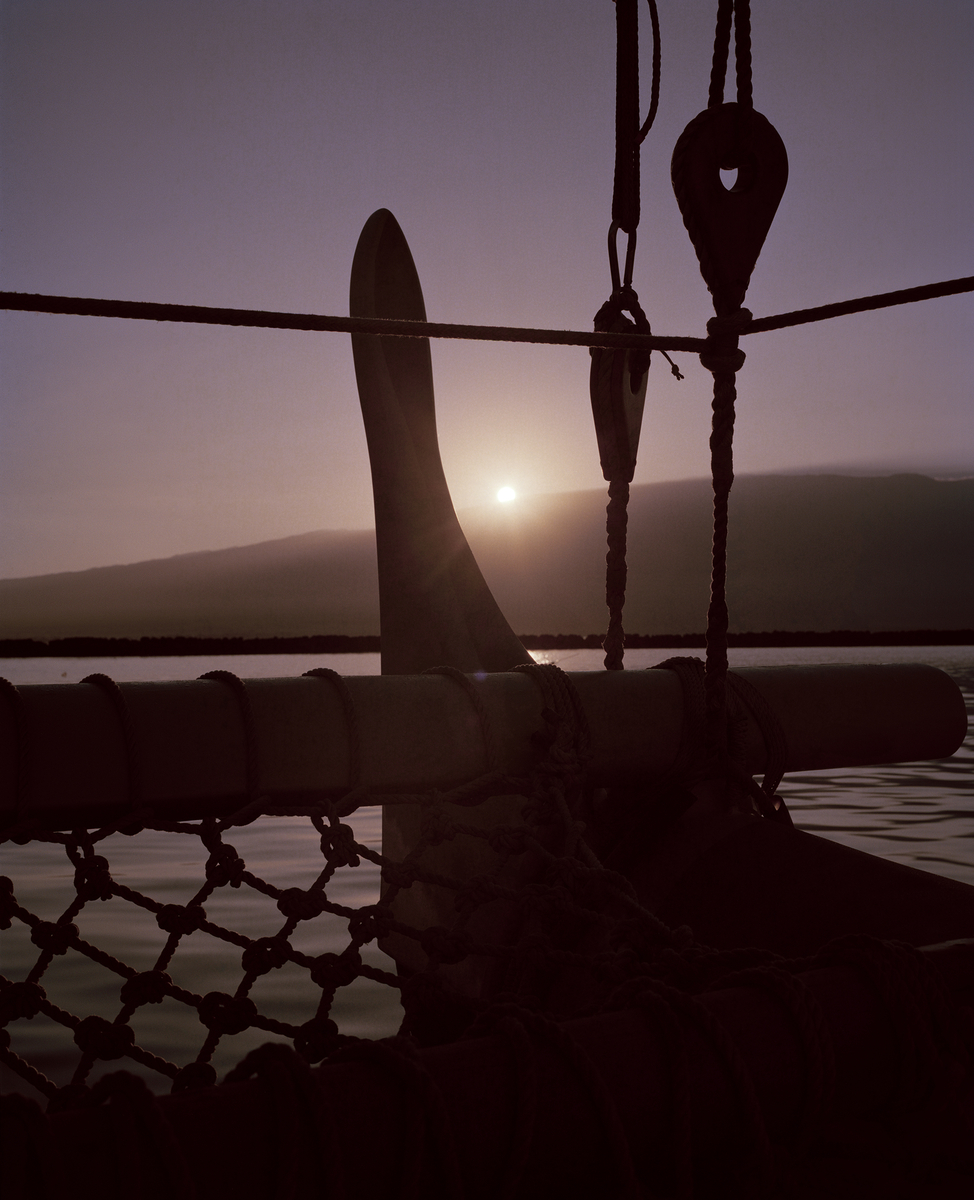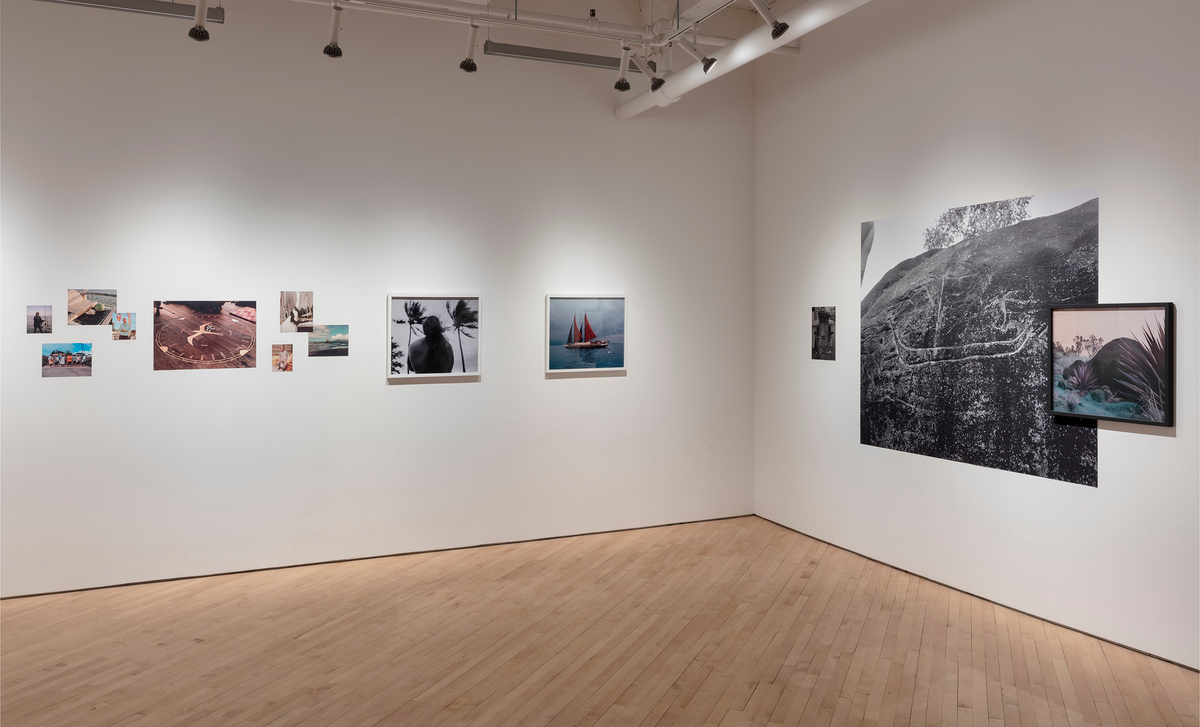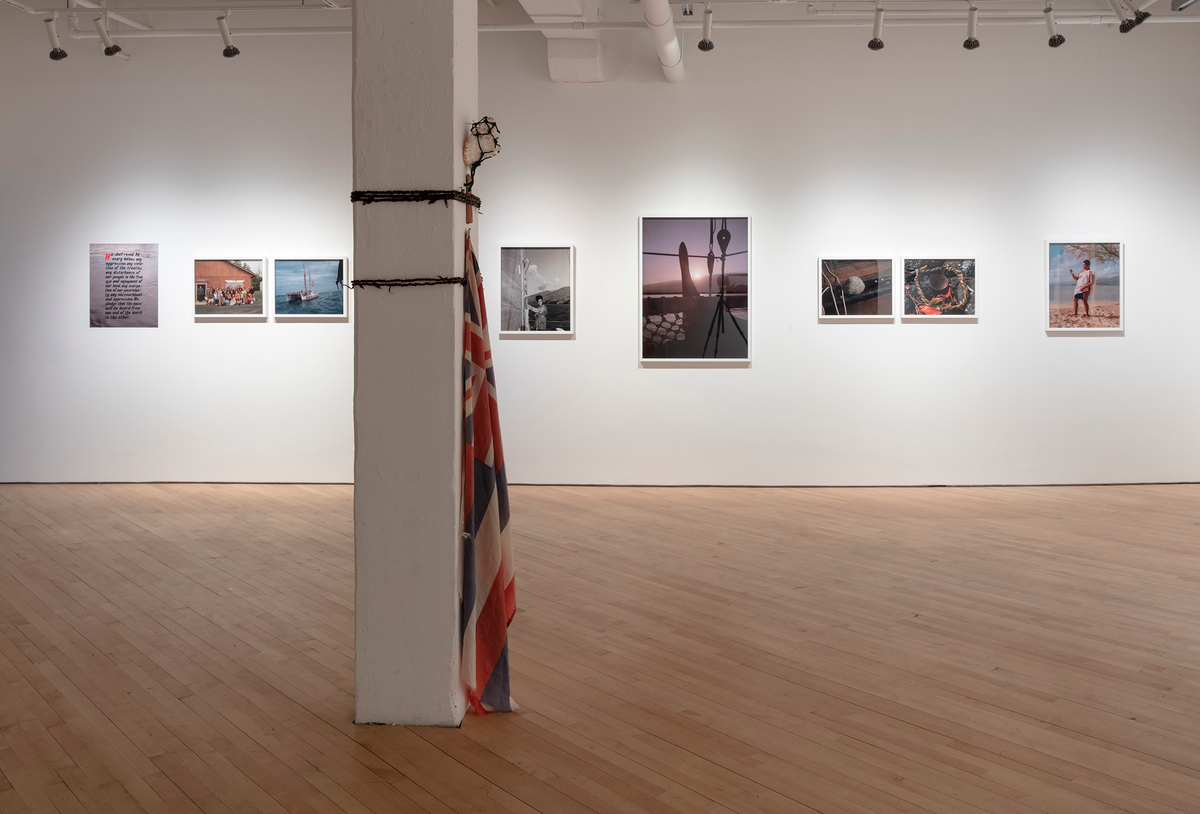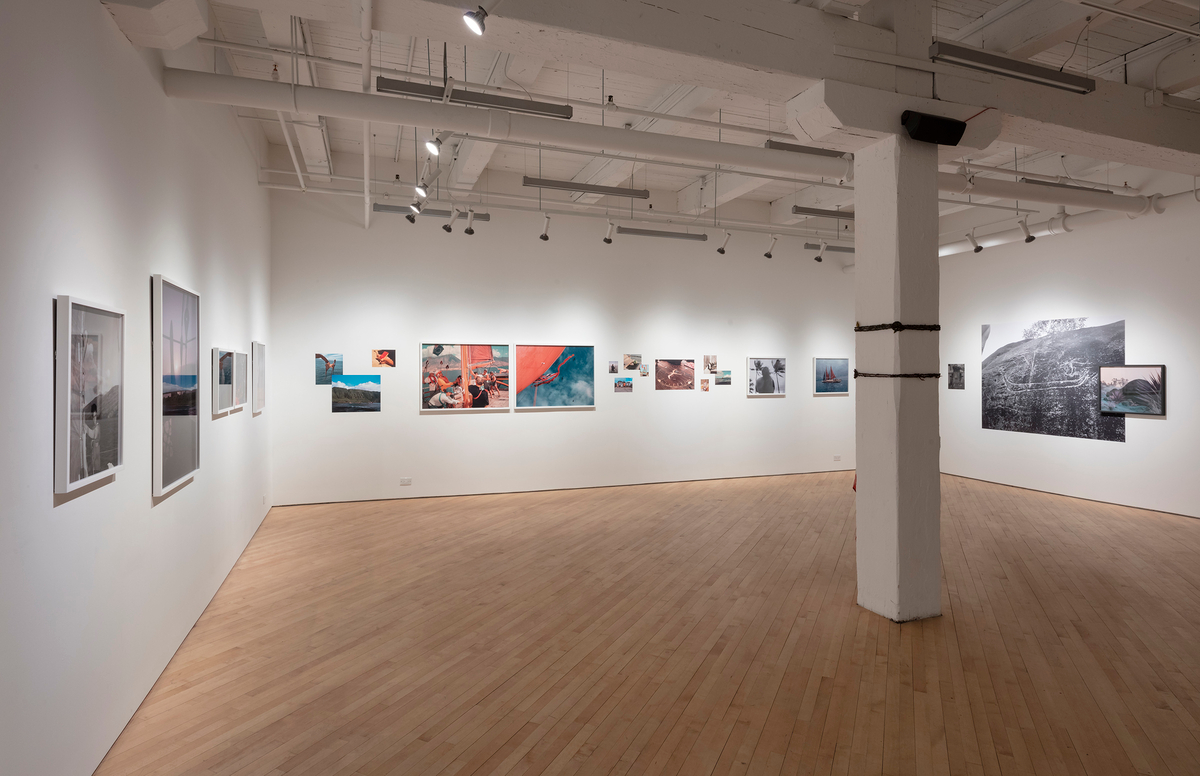Brendan George Ko Moemoeā
Moemoeā, a solo exhibition by Canadian artist Brendan George Ko, explores the re-emergence of the Polynesian voyaging canoe in contemporary Hawai’i. Through photographs and video, Ko examines the ways in which the canoe has revitalized Hawaiian culture and created a community that brings together elders, youth, natives, and non-natives.
In 1973, the Polynesian Voyaging Society (PVS) was formed to reconcile differing beliefs about the settlement of the Polynesian islands. Was Hawai’i discovered by aimless seafarers unintentionally, as the Western narrative maintained? Or was it found as the result of organized voyages at the hands of ancient explorers as early mythology indicates? The PVS built its first ancestral canoe, and in 1976 the Hōkūle’a with its crew members travelled from Hawai’i to Tahiti and back, navigating by the stars and proving the skills of their ancestors. Since this inaugural journey, the canoe and its crew have voyaged extensively, most recently concluding a three-year, worldwide journey that included stops in Sydney, Cape Town, and New York City. It was during this voyage that the Hōkūle’a traversed the St. Lawrence River to Kahnawá:ke Mohawk Territory in Quebec. Amongst the crew on this leg of the journey were educators from Pūnana Leo, a Hawaiian language school which was influenced by the Mohawks of Kahnawá:ke’s model of indigenous language education since the early 1980s.
The exhibition title, Moemoeā (a vision found in dreams), was chosen by the artist to acknowledge the dream shared by the voyaging communities throughout the islands. Articulated through his dual perspectives as a non-Hawaiian and a crew member, Ko’s work foregrounds the idea of the canoe as a tool for change and empowerment. The exhibition includes portraits of the Hōkūle’a and its navigators, builders, and crew members—known as the ohana wa’a or “family of the canoe.” His photographs collapse concepts of the ancient and the modern, depicting elements such as a mo’ai statue draped in ti leaves, a petroglyph of a double-hulled canoe, and a watermelon occupying a captain’s seat. A large-format video frames the voyaging experience against the vast landscape, while sounds of the crew members are punctuated by Hawaiian prayers and songs. Accompanying Ko’s photographs made in Kahnawá:ke is a Mohawk pledge to sovereignty that draws a parallel to the shared vision of indigenous people around the world.
The voyaging canoe’s rebirth in the late 1970s coincided with a growing movement to reclaim native Hawaiian traditions and values, including the craft of the male hula, the playing of the steel guitar, and preservation of the Kānaka Maoli language, which had been outlawed in schools for much of the 20th century. With over fifty vessels now active throughout the Pacific Ocean, the canoe is a platform for teaching traditional knowledge that reaffirms and redefines identity and place for many. Ko’s exhibition is a thoughtful and personal look at a unique part of Hawaiian culture through his own voyaging experiences and spiritual journey.
—
Ko is a visual storyteller that works in photography, video, installation, text, and sound who currently lives in Toronto, Canada and in Hawai’i. He received a BFA from the Ontario College of Art & Design with a major in photography in 2010, and a MFA in Visual Arts from the University of Toronto in 2014.
Brendan George Ko is the recipient of the CONTACT 2017 Portfolio Reviews Exhibition Award. Chosen by an international jury, this award recognizes outstanding work presented at the Festival’s annual Reviews and provides a solo exhibition in the CONTACT gallery. CONTACT gratefully acknowledges the Ontario Arts Council, Toronto Image Works and Vistek for their support.
Brendan George Ko is a visual storyteller working in photography, video, installation, text, and sound. His work conveys a sense of experience through storytelling, and he describes the image as supplementary to the story it represents. In 2010, Ko received his BFA from the Ontario College of Art & Design University, where he majored in photography, and he went on to the Master of Visual Studies programme at the University of Toronto, where his practice focused on video and sound.
